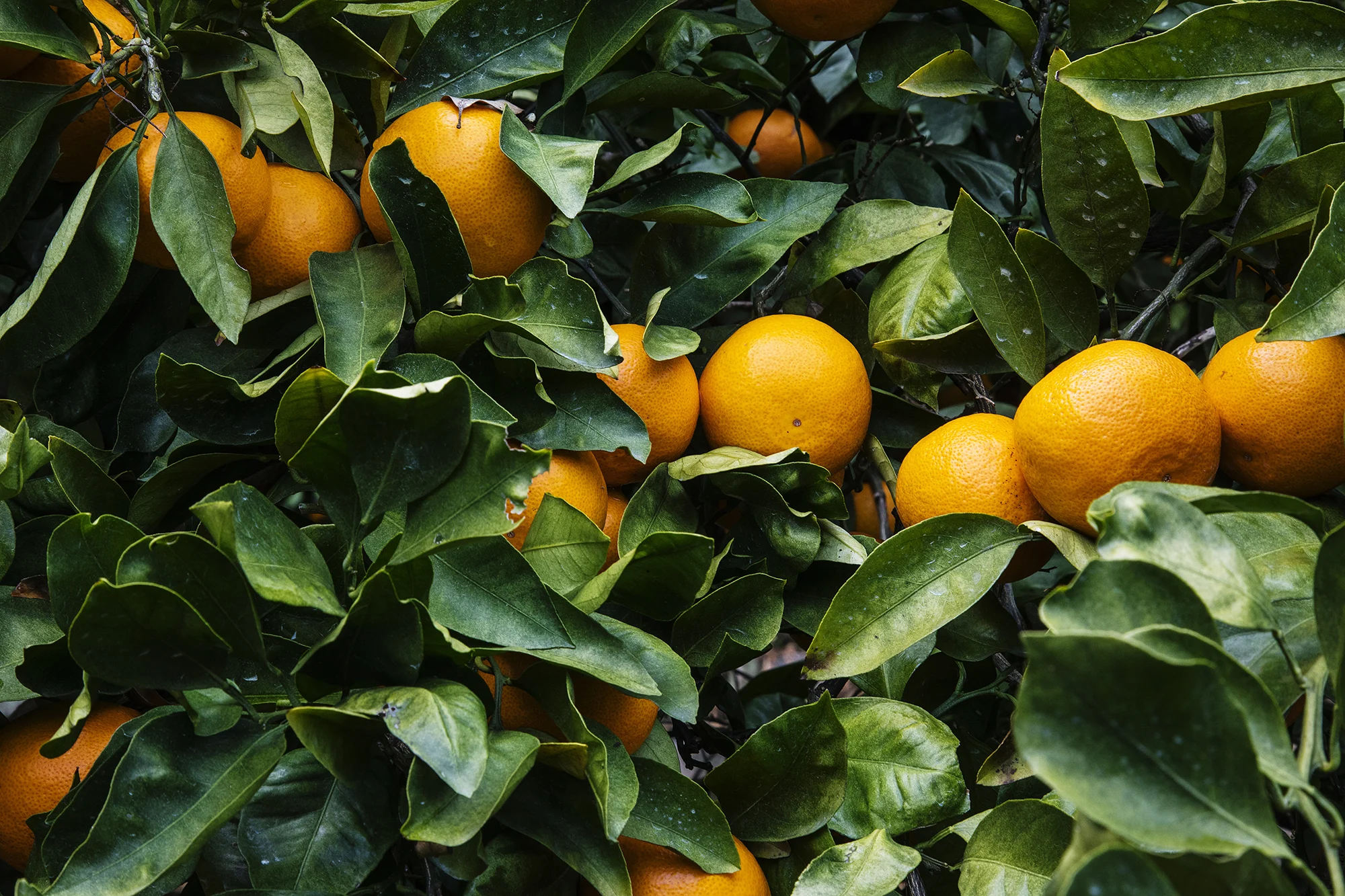At the free lounge on the first floor of Shotokan, you can enjoy Miyagawa Early Mandarin Oranges harvested from the Tachibana Count's estate. Relish the taste of winter with these delightful fruits.
The Original Variety of Early Mandarin Oranges Discovered in Yanagawa
Known as the "thin-skinned, seedless mandarin" essential for enjoying winter in Japan, the original variety was first discovered in Yanagawa. It was named "Miyagawa Early" after the discoverer.
Tachibana Count's Agricultural Innovations
After the Meiji Restoration, the Tachibana family transitioned from being a feudal lord family to a count family. Although former feudal lords were required to live in Tokyo, the 14th Count Kanji Tachibana decided to contribute to the country through agricultural development and obtained permission to return to Yanagawa. He then established Japan’s first private agricultural experiment station, aiming to revitalize the region through farming.
Due to its excellent taste and ease of cultivation, the family began researching the widespread promotion of "Miyagawa Early" mandarins.
Continuing the achievements of the 14th Count, the 15th Count Kantoku established a model orchard, which is still operated by the Tachibana family today as the Tachibana Count's farm, known as "Kikkouen."
Mandarins That Protected Cultural Heritage
The high quality and rarity of the mandarins grown at Kikkouen made them a significant source of income. Before the restaurant and inn business established 75 years ago became stable, the cultivation of these mandarins helped sustain the preservation of cultural heritage. These mandarins, which protected invaluable cultural assets, offer a unique taste of winter available only at Ohana.
